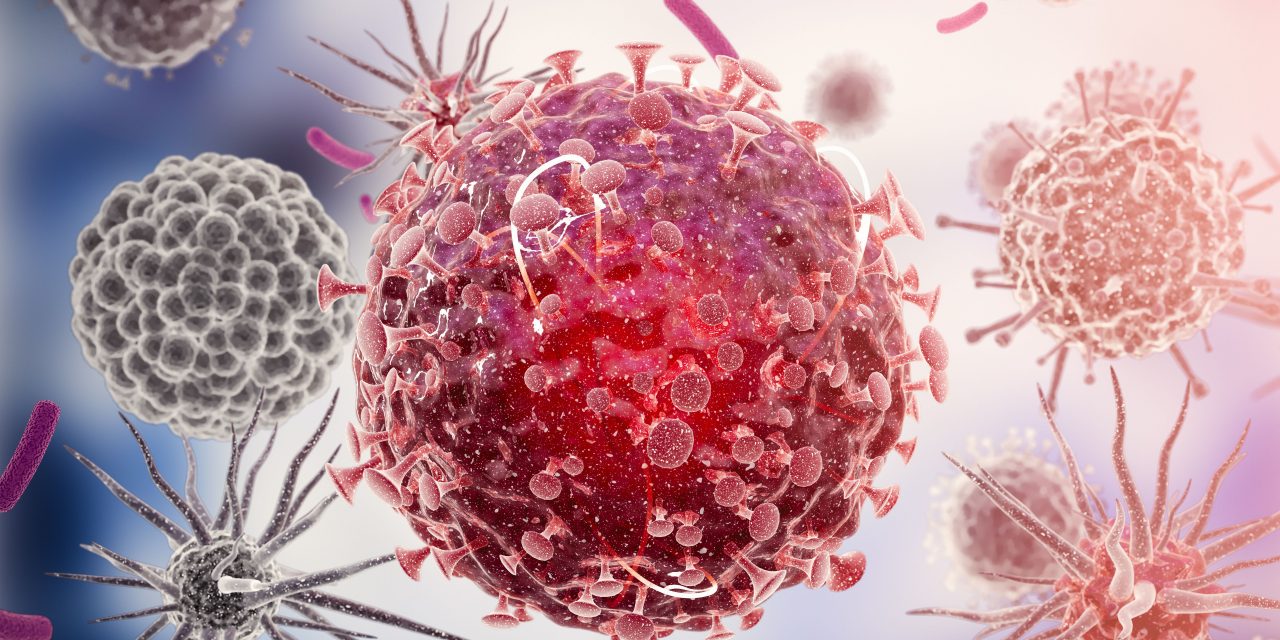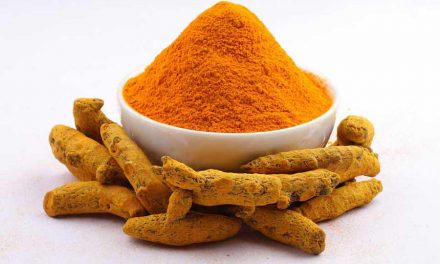Vitamin C and its effect on the immune system has been extensively studied. It may even be more effective than most antiviral drugs. One study (J Manipulative Physiol Ther. 1999 Oct;22(8):530-3.), looked at the effectiveness of vitamin C in preventing and relieving symptoms of respiratory infections. Subjects in the control population reporting symptoms were treated with pain relievers and decongestants, whereas those in the test population reporting symptoms were treated with hourly doses of 1000 mg of Vitamin C for the first 6 hours and then 3 times daily thereafter. Those not reporting symptoms in the test group were also administered 1000-mg doses 3 times daily. A total of 463 students ranging in age from 18 to 32 years made up the control group. A total of 252 students ranging in age from 18 to 30 years made up the experimental or test group. Reported flu and cold symptoms in the test group decreased 85% compared with the control group after the administration of megadose Vitamin C. The researchers concluded, “Vitamin C in megadoses administered before or after the appearance of cold and flu symptoms relieved and prevented the symptoms in the test population compared with the control group.”
An animal study (Immune Netw. 2013 Apr;13(2):70-4), proposes a mechanism. It looked at Gulo (-/-) mice, which cannot synthesize vitamin C. When given the influenza virus (H3N2/Hongkong) intranasally, the mice died within a week. Inoculation had decreased anti-viral cytokine, interferon (IFN)-α/β in those mice. The infiltration of inflammatory cells into the lung and production of pro-inflammatory cytokines, tumor necrosis factor (TNF)-α and interleukin (IL)-α/β, were increased in the lung. Taken together, vitamin C shows in vivo anti-viral immune responses at the early time of infection, especially against influenza virus, through increased production of IFN-α/β.
Another animal study (Biomed Res Int. 2015;2015:675149) also suggested a mechanism. The researchers found, “Vitamin C administration significantly decreased expression of susceptibility genes, including mitochondrial antiviral signaling (MAVS) and interferon regulatory factor 3 (IRF3), and increased expression of NF-κB. These work in conjunction to induce type I interferons (IFNs) and elicit innate antiviral response as key factors in RIG-I-mediated signal transduction pathway.”
Research appearing in the Canadian Medical Association Journal (April 5, 1975;112:823-826) randomly divided 622 subjects into two groups, giving one a placebo and the other 500 mg of vitamin C each week. Upon getting ill both groups were told to increase the dosage of their “pills”, with the vitamin group increasing the dosage to 1,500 mg on the first day and 1,000 mg for the next four days following the onset of symptoms. The subjects receiving vitamin C supplementation spent less time being ill than the placebo group, with 25% fewer days spent indoors as a result of sickness.
Research appearing in the Canadian Medical Association Journal (April 5, 1975;112:823-826) randomly divided 622 subjects into two groups, giving one a placebo and the other 500 mg of vitamin C each week. Upon getting ill both groups were told to increase the dosage of their “pills”, with the vitamin group increasing the dosage to 1,500 mg on the first day and 1,000 mg for the next four days following the onset of symptoms. The subjects receiving vitamin C supplementation spent less time being ill than the placebo group, with 25% fewer days spent indoors as a result of sickness.





